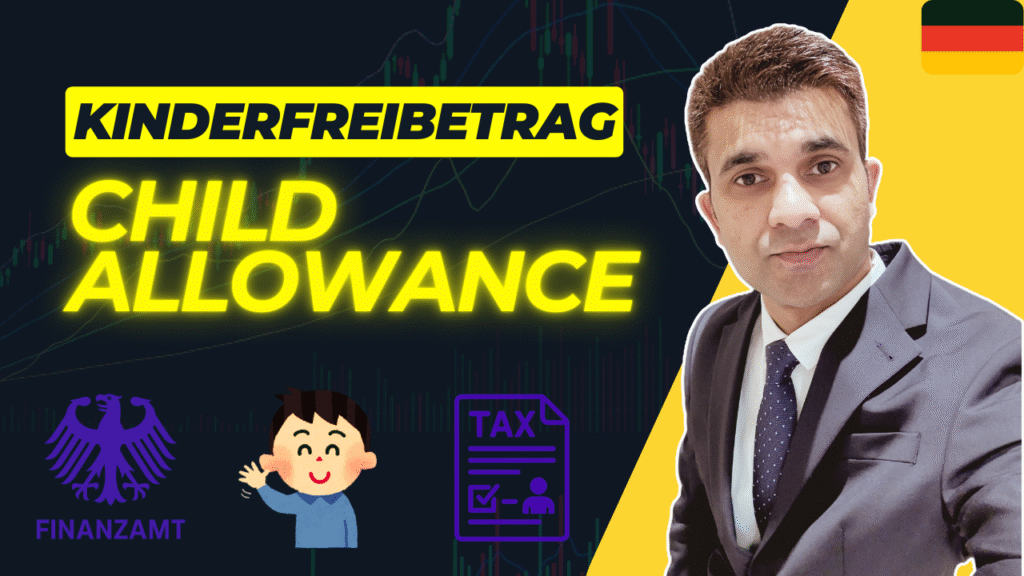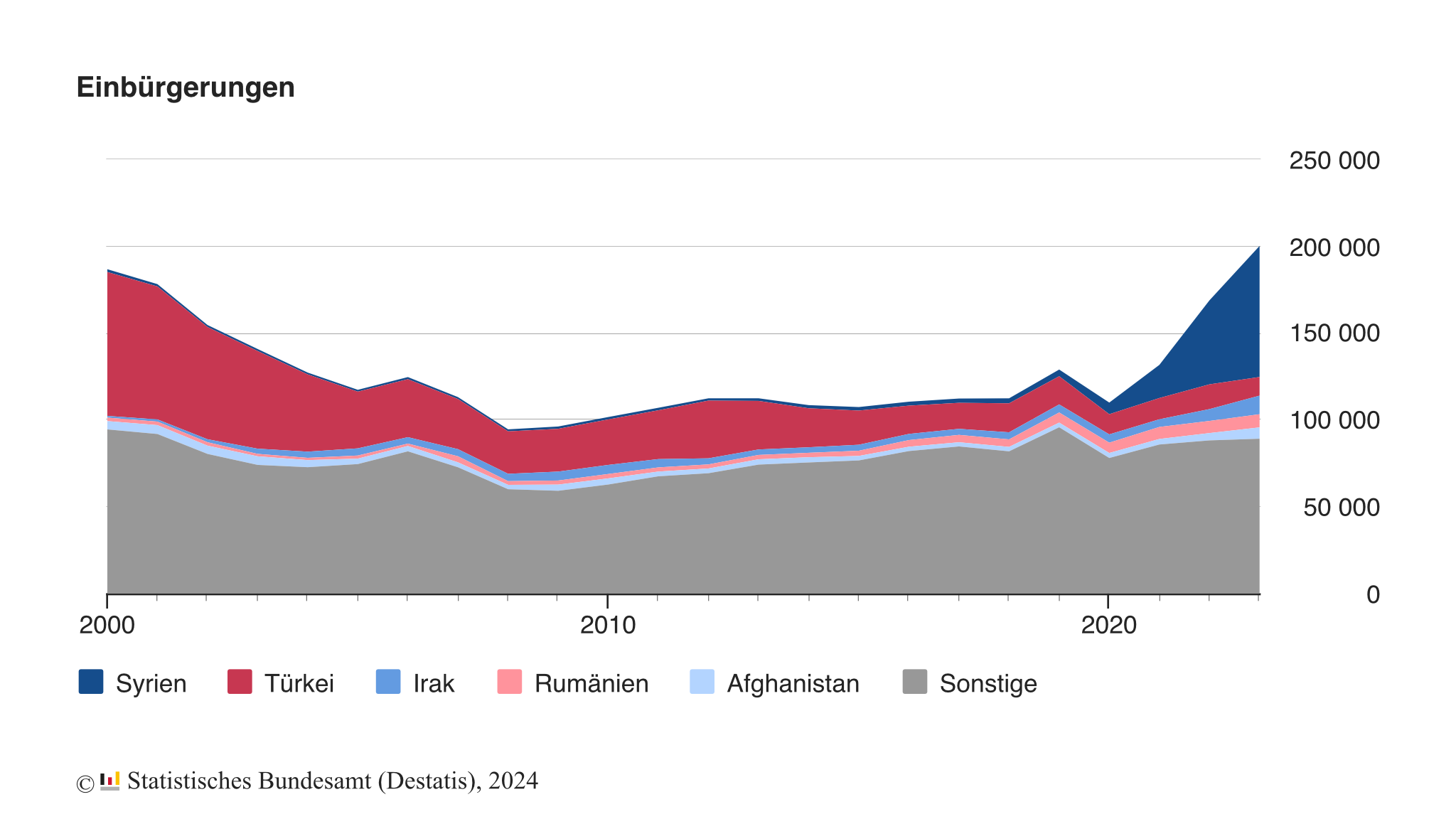
Children are a blessing, but let’s be honest—raising them is also expensive. Thankfully, the German tax system offers relief for parents through the Kinderfreibetrag, or Child Tax Allowance. However, many parents are either unaware of it or unsure how it works. In this guide, we will break it all down for you so you can optimize your tax savings and put more money back into your family’s budget.
📌 What is the Kinderfreibetrag?
The Kinderfreibetrag is a tax allowance in Germany aimed at reducing the taxable income of parents. Unlike Kindergeld (child benefits), which is paid directly to you each month, the Kinderfreibetrag reduces your income tax burden. Essentially, the government allows you to earn a certain amount of money for each child, tax-free.
For 2025, the allowance amount is €8,388 per child, split equally between both parents—meaning each parent automatically receives €4,194 as a deduction. If you are married and filing jointly, this combined amount remains the same unless adjustments are made.
👥 How is the Allowance Divided?
By default, the Kinderfreibetrag is split 50/50 between both parents, regardless of whether both parents are working. This split occurs even if one parent is a stay-at-home parent or earns significantly less than the other. Here’s how it looks in practice:
- If you and your partner have one child, you each get 0.5 Kinderfreibetrag.
- If you have two children, each parent receives 0.5 per child, amounting to 1.0 for each of you.
📌 Example: If you are the sole earner, you might still only see 0.5 unless you apply to transfer the allowance.
🔄 Transferring the Kinderfreibetrag
If one parent is not working, you can apply to have their share of the Kinderfreibetrag transferred to you. This is especially useful for stay-at-home parents or in cases where one parent earns very little. To make this adjustment, you need to submit the form called Antrag auf Übertragung des Kinderfreibetrags to your local Finanzamt (tax office).
📝 How to Apply:
- Download or request the form from the Finanzamt.
- Fill out the necessary details, indicating the parent who will receive the full allowance.
- Submit the form either online or by mail.
- Wait for confirmation from the Finanzamt.
Once this is processed, the full 1.0 Kinderfreibetrag is applied to your taxable income, potentially increasing your tax savings significantly.
👪 What About Stepparents and Shared Custody?
If you are a stepparent or in a blended family, the Kinderfreibetrag works slightly differently. You may only see 0.5 allocated to you if custody is shared, even if the child lives with you. In cases where you have sole custody, you can apply to transfer the remaining 0.5 to yourself.
📌 Tip: Always check your annual tax statement (Steuerbescheid) to ensure the allowance is correctly applied.
🔍 Does Tax Class (Steuerklasse) Matter?
Yes, and this is where things get interesting. Even if you and your partner are in Steuerklasse 3 and 5, which is typical when one partner earns significantly more than the other, the Kinderfreibetrag still impacts your final tax settlement at the end of the year.
- Your tax class primarily influences monthly salary deductions.
- The Kinderfreibetrag, however, is calculated during your annual tax return.
At the end of the fiscal year, the Finanzamt will compare the benefits of the Kinderfreibetrag against the Kindergeld you received. If the Kinderfreibetrag results in greater savings, you will receive an additional tax refund. If not, you simply keep the Kindergeld—there’s no loss.
💡 Example Scenario:
Imagine you earn €60,000 annually and your partner is a stay-at-home parent. If you apply for the full Kinderfreibetrag, it could lead to an increased tax refund—sometimes by as much as €200 to €600, depending on your specific situation and tax bracket.
✅ Key Takeaways:
- The Kinderfreibetrag is split 50/50 by default, even if one parent doesn’t earn.
- You can transfer the allowance to one parent for better tax optimization.
- Even in Tax Classes 3 and 5, it matters during your annual tax return.
- You can still receive Kindergeld alongside the allowance, with no penalty.
If you found this guide helpful, don’t forget to share it with friends or family who could benefit from maximizing their tax savings. Every euro counts!


